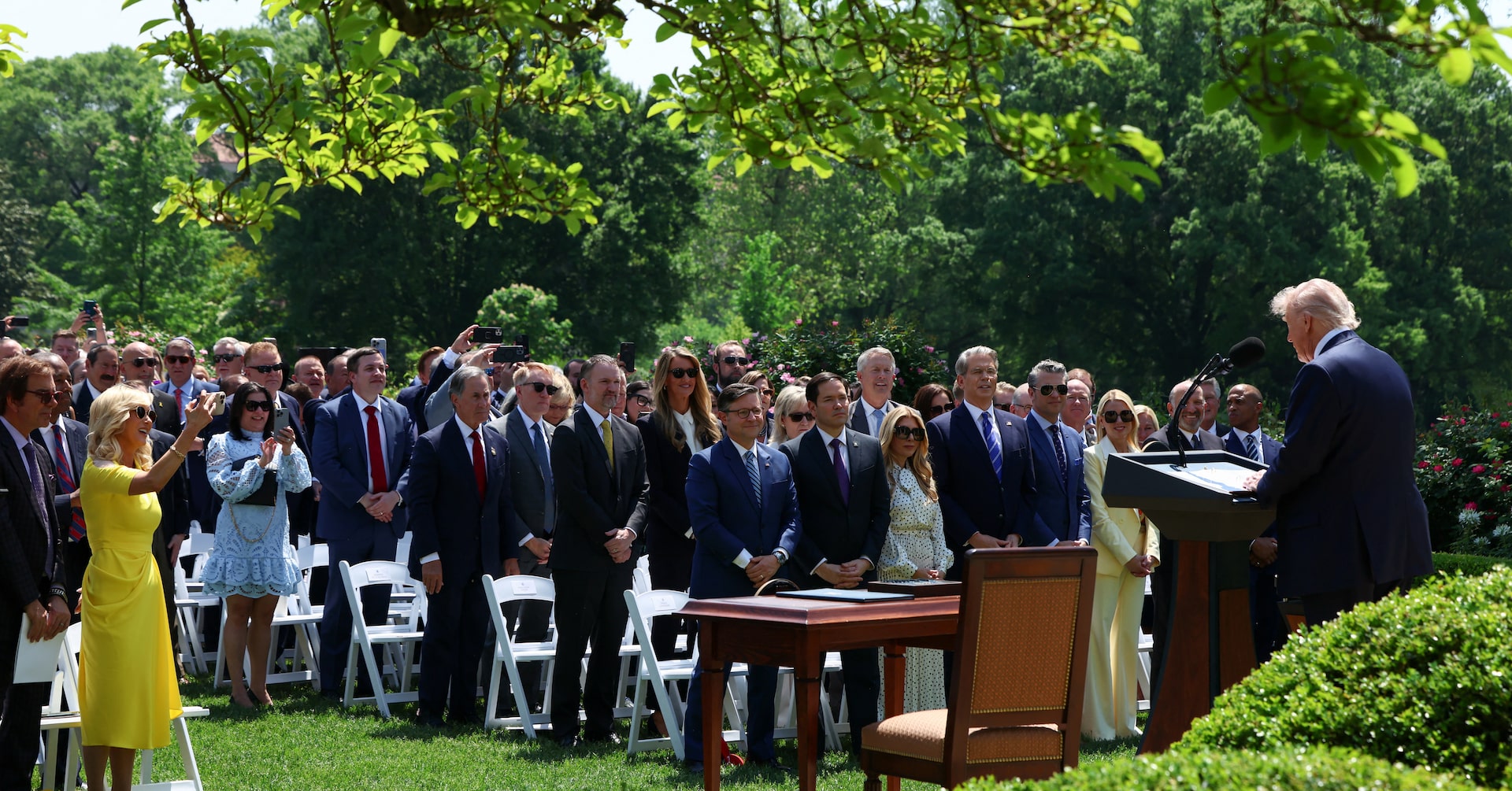Breaking: Trump Launches Landmark Religious Freedom Task Force to Protect Faith-Based Rights

In a significant move championing religious freedom, President Donald Trump gathered religious leaders from diverse faith traditions for a momentous ceremony in the White House Rose Garden. During this symbolic event, he signed an executive order establishing a new Religious Liberty Commission, underscoring his administration's commitment to protecting and promoting religious rights across the United States.
The executive order, signed amid a backdrop of interfaith representatives, aims to strengthen protections for religious expression and ensure that individuals and organizations can practice their faith without fear of government interference. By creating this commission, Trump signaled a robust dedication to safeguarding the constitutional principles of religious liberty that have long been a cornerstone of American democratic values.
Religious leaders from various backgrounds witnessed the historic moment, highlighting the inclusive nature of the initiative and its potential to bridge diverse religious communities under a shared commitment to freedom of belief and practice.
